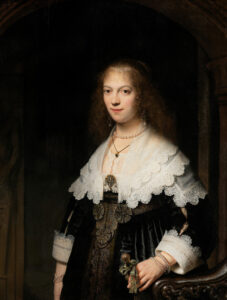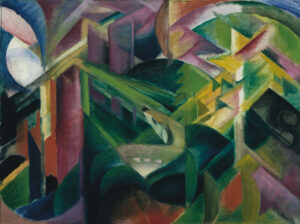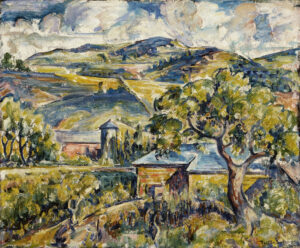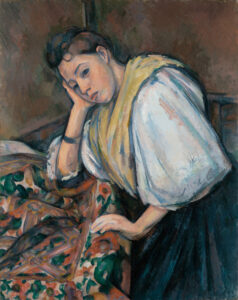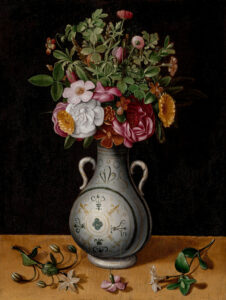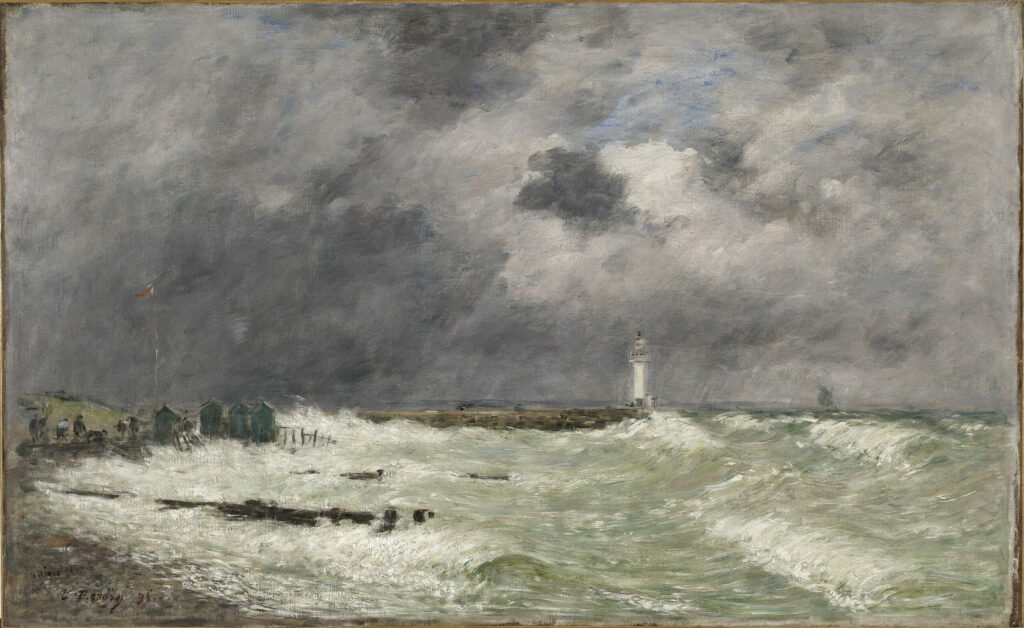
Eugène Boudin captures here with remarkable virtuosity the raw energy of unleashed elements on the Norman coast.
The master’s brush transcends mere meteorological observation to create a true hymn to maritime power. Under a tormented sky with leaden clouds, the furious sea crashes in white foam on the beach, while humble fishermen struggle against the gusts to shelter their boats. The national tricolor, stretched taut by the storm, punctuates this chromatic symphony dominated by silvery grays and golden ochres. This dramatic vision reveals a less familiar Boudin, momentarily abandoning his elegant beach scenes to offer us a profound meditation on the eternal struggle between man and natural forces. This composition of striking intensity testifies to the artistic maturity of the Le Havre painter.
Additional Information
- Squall off Frascati, Le Havre by Eugène Boudin, 1896
- 55.5 x 91 cm
- Paris Musées, Petit Palais, musée des Beaux-arts de la Ville de Paris, displayed in Rez-de-Jardin Room 08
- https://www.parismuseescollections.paris.fr/fr/petit-palais/oeuvres/coup-de-vent-devant-frascati-le-havre
Eugène Boudin (1824-1898), son of a sailor who became one of the precursors of Impressionism, remains inseparable from the Norman coasts where he was born. Established in Le Havre from his early age, he revolutionized plein air painting by immortalizing the first seaside leisure activities of the Second Empire bourgeoisie. A benevolent mentor to young Claude Monet, whom he introduced to painting from life in 1858, Boudin forged an innovative aesthetic based on direct observation of light and changing atmospheres. Recognized during his lifetime, he regularly exhibited at the official Salon while participating in the first Impressionist exhibition of 1874. His art, nourished by an intimate knowledge of Norman skies and their meteorological whims, durably influenced an entire generation of painters enamored with modernity and truth.

